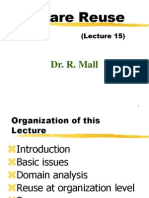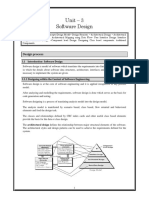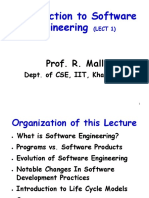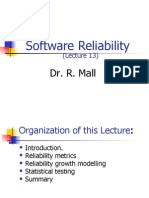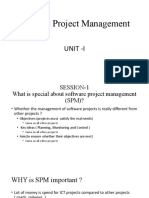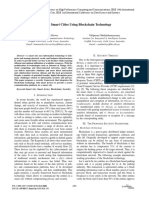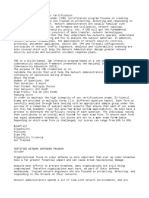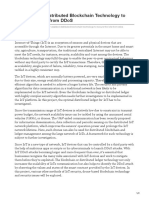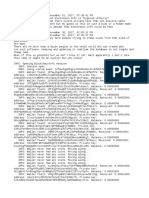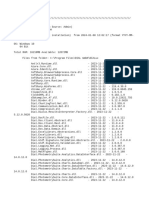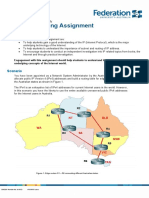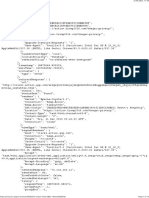100% found this document useful (1 vote)
1K views4 pagesSoftware Engineering Short Notes
Software engineering is an engineering discipline concerned with all aspects of software development. It differs from other engineering disciplines in that requirements are difficult for customers to specify fully and for developers to understand completely. Problems in software development include unsatisfactory quality, high costs, difficulty maintaining software, and inaccurate time and cost estimates. Software engineering focuses on practical software development and delivery, while computer science is the underlying theory. Requirements need to change due to errors, new technologies, changed user needs, and policy changes. Software quality attributes include efficiency, correctness, reliability, usability, robustness, maintainability, modularity, reusability, and portability.
Uploaded by
Shan PathirajaCopyright
© © All Rights Reserved
We take content rights seriously. If you suspect this is your content, claim it here.
Available Formats
Download as PDF, TXT or read online on Scribd
100% found this document useful (1 vote)
1K views4 pagesSoftware Engineering Short Notes
Software engineering is an engineering discipline concerned with all aspects of software development. It differs from other engineering disciplines in that requirements are difficult for customers to specify fully and for developers to understand completely. Problems in software development include unsatisfactory quality, high costs, difficulty maintaining software, and inaccurate time and cost estimates. Software engineering focuses on practical software development and delivery, while computer science is the underlying theory. Requirements need to change due to errors, new technologies, changed user needs, and policy changes. Software quality attributes include efficiency, correctness, reliability, usability, robustness, maintainability, modularity, reusability, and portability.
Uploaded by
Shan PathirajaCopyright
© © All Rights Reserved
We take content rights seriously. If you suspect this is your content, claim it here.
Available Formats
Download as PDF, TXT or read online on Scribd
/ 4






